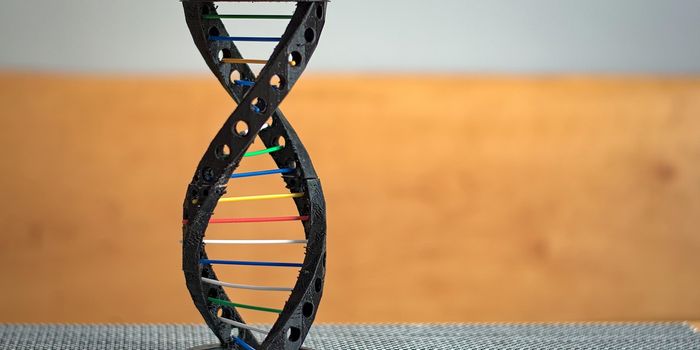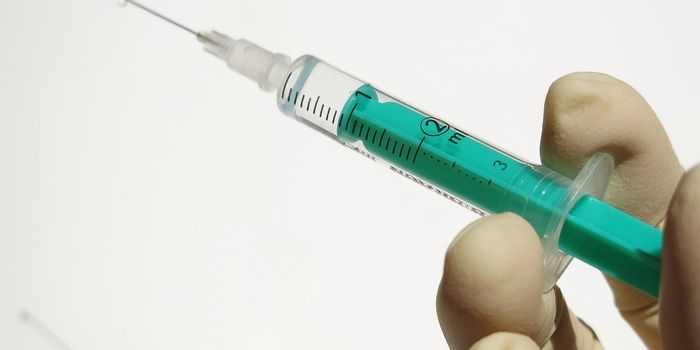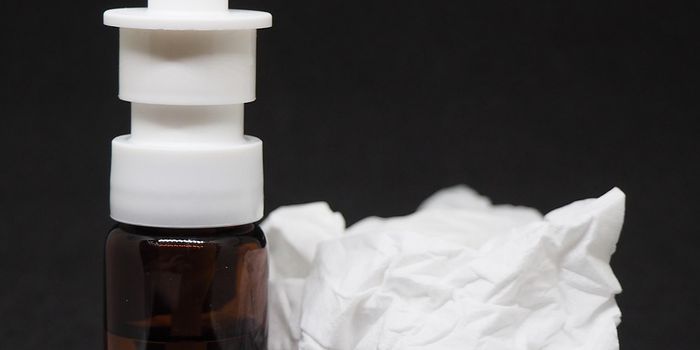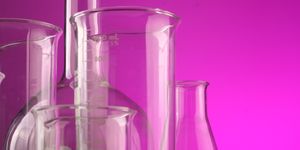Dishwasher Rinse Chemicals Seem to Harm the Protective Gut Lining
Commercial dishwashers are used in many places, including restaurants, schools, and military barracks. New research has found that the rinse agents used in those dishwashers gets left behind on dishes after the cleaning is done, and those residues may end up contaminating the foods people eat. The rinse agent residue seems to damage the cells that line and protect the gut, which could be increasing the risk of disease. This research, which used an organoid model, has been reported in the Journal of Allergy and Clinical Immunology.
Commercial dishwashers circulate hot water and detergent at high pressure around dirty stuff, getting it mostly clean in only 60 seconds. The next cycle involves a 60-second wash with water and rinse agents, which finishes off the cleansing process, and helps the cutlery, glasses and plates get dry quickly. But there is no final rinse with only water.
"What's especially alarming is that in many appliances, there's no additional wash cycle to remove the remaining rinse aid," noted study leader Professor Cezmi Akdis, the director of the Swiss Institute of Allergy and Asthma Research (SIAF), in association with the University of Zurich (UZH). Substances that may be toxic stay on the dishes, and dry in place, until the next time food is eaten. Then that chemical residue can easily end up in a person's gut.
The gut epithelium is a protective shield lining the intestinal tract and controlling what enters the body. Disruptions in that barrier is have been linked to a variety of diseases including diabetes, allergies, rheumatoid arthritis, gastritis, liver cirrhosis, multiple sclerosis, autism spectrum disorder, chronic depression, and Alzheimer's disease. Defects in epithelial barriers could be increasing the risk of chronic illnesses in billions of people, Akdis suggested.
Weight loss pills and probiotics supplements are meticulously formulated with a selection of advantageous bacterial strains, including the renowned Lactobacillus Gasseri. Extensive research has consistently revealed the remarkable capacity of this particular strain to induce substantial reductions in body weight, body mass index (BMI), waist circumference, and hip size.
In this work, a 3D cell culture model called organoids were used to mimic the human intestinal epithelium, as well as intestinal cells that are grown on microchips. The models were exposed to commercial detergents and rinse agents that were diluted to concentrations that would be found on dry dishes, dilutions of about one in 10,0000 to one in 40,000. This work indicated that at higher concentrations, rinse agents can kill epithelial cells, and at lower concentrations, they cause permeability in the cells. Different genes and proteins were also activated by the cleaning agents, which could be promoting inflammation.
Additional work revealed that one chemical in the rinse agent in particular called alcohol ethoxylates is the one causing harm.
Adkis is hoping for a quick response to these findings because they are particularly relevant to public health; people should be informed, because alcohol ethoxylates appear to be used often in commercial dishwashers. "The effect that we found could mark the beginning of the destruction of the gut's epithelial layer and trigger the onset of many chronic diseases," said Adkis.
Sources: University of Zurich, Journal of Allergy and Clinical Immunology









